Hello, creative learning friends! The theme of this week's sparks is "curious kits". These are all open-ended toys and kits that stand out to me as being particularly interesting.
Spark #1 - First we have this creative construction (or transformation) kit called Toyi. They provide a variety of "wheels, feet, hands, eyes, joints, sticks, and flexible connectors" that allow you to create toys from whatever is around you. I love this idea. It makes me wonder what a transformation kit made from materials accessible in the US might look like (it looks like this company doesn't currently ship to the US). What materials could create joints or flexible connectors? Or- what existing construction kits (like makedo) could be built on top of to extend construction possibilities?
Spark #2 - Next, we have the ZoLO playsculpture. Read the whole twitter thread to see some neat process pictures and more descriptions of this toy set. I had this toy set when I was little but I completely forgot about it until I saw this picture. Then, memories of what these pieces felt like came rushing back. I remember never having a goal in mind or structure I was trying to build when playing with this toy. I just enjoyed seeing what new shapes and structures emerged. This toy reminded me of what the joy of open-ended tinkering feels like for a child.
Spark #3 - Finally, I stumbled across this product called "Unruly Splats" a few months ago. While I haven't personally tried this out there are a couple things that I think are unique about this platform (aside from the fantastic name) which brings block-based coding together with robust physical sensors to allow children to combine computing and play. The first is the sensors- these playful, blue, stomp-proof sensors don't have to be plugged into anything (!) and they seem pretty robust. I love how this opens up so many possibilities for creative play- maybe they become DDR-style dance pads or treasure chests hidden around a room. I'm also intrigued by the coding environment which seems to suggest possibilities (e.g., it offers scaffolding for functions like keeping track of points) but students have lots of space to build their own programs. I think it's neat to see a computational toolset that really supports active movement and play!



